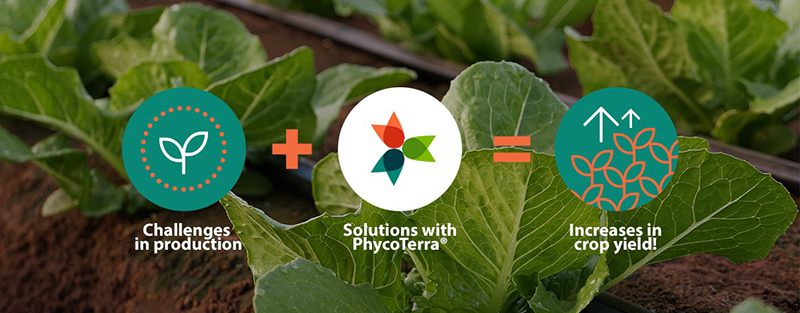Unapproved Pesticides Found On Cilantro
USDA testing has found at least 34 unapproved pesticides on cilantro samples during its routine produce testing. According to a Chicago Tribune story, cilantro was the first fresh herb tested since the program was implemented 20 years ago.
“We are not really sure why the cilantro came up with these residues,” says Chris Pappas, a chemist who oversees USDA’s pesticide testing. According to the article, some researchers think growers may be confusing guidelines for cilantro and flat-leaf parsley, which has more approved pesticides.
Of the 184 cilantro samples tested, 94% were positive for at least one pesticide, according to an annual Pesticide Data Program report. But, only about 5% of spinach samples and 2% of apples tested positive for at least one pesticide in violation with federal rules.
In March, cilantro growers received a guidance letter from FDA citing 28 salmonella findings in the herb since 2004 and telling growers to “take action to enhance” the safety of cilantro.
“I can assure you that some of these will be followed up,” said Ronald Roy, an FDA food safety specialist. “When we have a clustering of non-permitted residues around a certain (crop) or with a certain grower, then we investigate to find the cause and correct the specific problem so that it doesn’t continue.”
The article states that of the cilantro samples tested, approximately 81% were U.S.-grown, while 17% were imported. The origin of the rest of the samples is unknown. It also notes that most unapproved pesticide levels found on the cilantro did not exceed EPA average limits for other crops. However, quintozene – a fungicide – was found as high as 0.3 parts per million (ppm), which is well above the 0.1 ppm limit set for foods like tomato paste. Diazanon was found as high as 1 ppm. Limits for this insecticide on other foods range from 0.1 to 0.75 ppm. Also, the organophosphate chlorpyrifros, which is approved for cilantro, was found at levels three times higher than EPA’s limit in at least one case.
Other crops tested in USDA’s pesticide program this year include apples, asparagus, cucumbers, grapes, green onions, organic lettuce, oranges, pears, potatoes, spinach, strawberries, corn, and sweet potatoes. Most of these tests showed no violations.
To read the full Chicago Tribune article, click here.
For Growing Produce’s extensive food safety coverage, click here.
Source: Chicago Tribune










